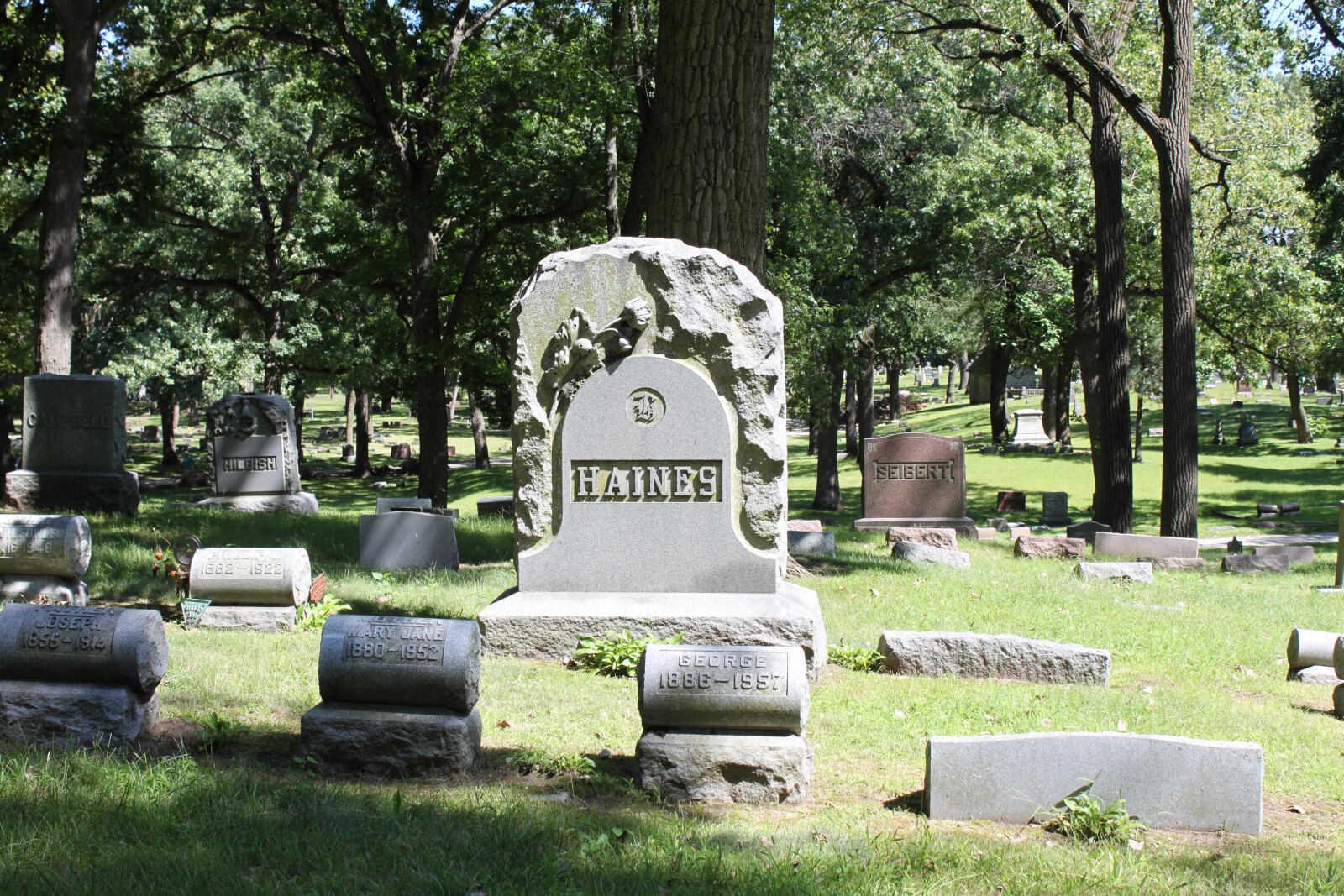Tragic Death Sparks High-Stakes Battle for Compensation
This article examines the intricate legal battle following Jennifer's tragic death due to negligent conduct in a water-drinking contest. The core is the contestation over substantial compensation for Jennifer's family, reflecting her role as the primary wage earner. The deliberation extends to both economic and intangible damages, with the jury's decision inevitably determining the family's financial trajectory. The circumstances surrounding Jennifer's death add further complexity to this quest for justice and appropriate compensation.

Key Takeaways
- Jennifer's death has sparked a high-stakes battle for compensation, with plaintiff attorneys seeking a total of $36 million in compensation, while the defense attorney suggests $4.5 million as appropriate compensation.
- The compensation sought is not only for the 2.75 years since Jennifer's death but also for the 51.75 years she would have been expected to live in the future, highlighting the long-term impact on the family's well-being.
- The jury faces the challenge of quantifying the intangible damages, such as the loss of love, companionship, and guidance, and will have to decide how to put a number on these damages.
- The jury's decision on the level of compensation will have a significant impact on the financial future of Jennifer's family.
The Economic Stakes: Understanding the Compensation Battle
In the current discussion topic, 'The Economic Stakes: Understanding the Compensation Battle', plaintiff attorneys Dreyer and Levine are aggressively advocating for a substantial compensation amount, while defense attorney Carlson counters with a more conservative figure, putting the jury in the position of deciding the monetary value of both tangible and intangible losses. The economic impact on the family is significant, considering Jennifer was the primary wage earner. The challenge lies in determining fair compensation for non-economic damages such as companionship, moral stewardship, and guidance, which are difficult to quantify. The jury, using court-established standards, must balance the emotional toll on the family with the financial implications of the compensation amount, and determine a value that adequately addresses this monumental loss.
Role of Jennifer as a Primary Wage Earner
Jennifer's role as the primary wage earner significantly magnifies the financial implications for her family, thereby necessitating a thorough examination of the potential compensation. Her untimely death has not only shattered the family's emotional stability but also significantly dented their financial security. Jennifer's financial contributions were the primary source of sustenance for her family, and the sudden void has resulted in dire economic repercussions. Furthermore, her career aspirations, cut short by this tragic incident, held the promise of potential income growth that is now lost. Hence, any evaluation of compensation should incorporate these factors. The objective going forward must be to ensure a fair assessment that appropriately addresses the long-term economic impact on Jennifer's family, keeping in view Jennifer's career trajectory and her role as the main economic pillar.
The Enormous Compensation Sought by Plaintiff Attorneys
One must scrutinize the substantial sums, exceeding $36 million, that plaintiff attorneys Dreyer and Levine are demanding as compensation, as this figure not only reflects economic damages but also attempts to monetize intangible losses. The legal complexities involved in navigating compensation battles of such magnitude are immense and fraught with subjective interpretations of value and worth. Determining how to adequately quantify non-economic damages such as love, companionship, and moral stewardship, presents an intricate challenge. Furthermore, the implications for future cases are significant. This case could potentially set a precedent in compensation claims, influencing how damages for intangible losses are assessed and awarded in the future. It is thus crucial that each element of this claim is meticulously examined and judiciously considered.
Defense’s View on the Appropriate Compensation
Defense attorney Don Carlson firmly believes that $4.5 million is a fair compensation for the tragic loss of Jennifer, but he also contends with the plaintiff's attorneys seeking overwhelming sums in excess of $36 million. The defense's argument centers around the principle of fairness and proportion, deeming the $36 million claim as disproportionate to the tragic incident. Carlson emphasizes the need for an appropriate compensation amount that reflects economic and non-economic damages without exploiting the tragedy for financial gain. He argues that the substantial sum sought by the plaintiff's attorneys does not accurately reflect the losses incurred and is, instead, an overestimation. Ultimately, the jury's decision must balance the irreplaceable loss against a fair and just monetary award. Their conclusion will inevitably shape the financial future of Jennifer's family.
The Future Loss: Compensation Beyond Death
The contentious issue at hand is the calculation of future loss, an aspect that extends compensation considerations well beyond the immediate aftermath of Jennifer's unfortunate death. This calculation is not solely a matter of numerical equations but involves an assessment of the long-term impact on the family's well-being. The compensation sought aims to cover the duration of Jennifer's expected life, considering both economic and non-economic damages. The challenge lies in quantifying the intangible damages such as loss of companionship, moral stewardship, and guidance, among others. These are factors that significantly influence the family's well-being in the future. The jury's verdict will have a considerable effect on the family's financial future, highlighting the crucial role of accurately calculating future loss.
Standards for Non-Economic Compensation
In evaluating non-economic compensation, the jury must adhere to court-established standards, and they must also consider the unique, intangible losses each plaintiff has suffered, such as love, companionship, and moral guidance. The factors to consider in determining non-economic compensation include each plaintiff's individual circumstances and the profound impact of intangible losses on their lives. The jury's role extends beyond simply following guidelines; they must also recognize the complexity of quantifying such losses. The primary challenges in quantifying intangible damages lie in attributing a monetary value to elements like love and guidance, which inherently defy standard valuation methods. Therefore, the jury must strive for a balanced, fair assessment, taking into account both tangible and intangible factors, to determine an appropriate compensation.
The Personal Factors Influencing Compensation
Personal factors, such as the unique circumstances of each plaintiff and their individual losses, significantly influence the compensation sought, and these elements must be carefully considered alongside the tangible economic damages. The jury must assess the emotional damages suffered by each family member in the wake of Jennifer's loss, from the husband's lost companionship to the children's deprivation of maternal guidance. The plaintiff's attorneys argue for high compensation, reflecting the profound impact on the family's emotional well-being. Conversely, the defense suggests lower figures, necessitating a meticulous examination of each party's assertions. The jury's task of translating personal factors into monetary values underscores the complex interplay between emotional damages and economic compensation, making this high-stakes battle a challenging endeavor.
The Challenge in Quantifying Intangible Damages
Quantifying intangible damages presents a significant challenge, as it involves assigning a monetary value to the profound loss and emotional distress experienced by the bereaved family. This challenge is magnified in cases such as Jennifer's, where the difficulty in determining value lies in the subjective nature of the factors involved. These include the loss of maternal love, moral stewardship, and guidance, which are deeply personal and unique to each family member. The task of converting these intangible losses into a monetary figure rests on the jury, guided by the court's standards and the differing views of attorneys. This process, while complex and fraught with challenges, remains essential to ensure just compensation for the family's enduring loss.
Role of Jury in Determining Compensation Value
The jury's role in determining the compensation value is both challenging and crucial, as they must balance the tangible economic impact of Jennifer's untimely death and the intangible losses suffered by each family member. The jury's decision-making process involves a careful compensation evaluation that considers both the immediate and long-term financial implications for the family, along with the quantification of non-economic damages. This meticulous process requires the jury to weigh varying perspectives presented by the plaintiff and defense attorneys. The jury's decision can significantly influence the family's financial future. Therefore, the process demands not only precision but also empathy, as the jury grapples with putting a monetary value on irreplaceable aspects of human life and relationships.
Guidelines for Calculating Economic and Non-Economic Damages
In assessing the compensation for Jennifer's family, guidelines for calculating economic and non-economic damages serve as a critical tool for the jury, facilitating a comprehensive evaluation of both tangible and intangible impacts of this tragic loss. Economic compensation, considering factors such as Jennifer's earnings, projected income, and family's financial dependency, verifies the monetary burden imposed on the family. Calculating non-economic damages, however, poses a significant challenge due to the difficulty in quantifying abstract elements like loss of companionship, guidance, and emotional support. These damages, albeit non-quantifiable, bear considerable weight on the family's emotional well-being. The jury must, therefore, tread with caution and thoroughness, recognizing the complexity and sensitivity of these determinants to ensure a fair and balanced judgement.
The Impact of Jury’s Decision on Family’s Financial Future
Given the substantial gap between the compensation figures proposed by the plaintiff and defense attorneys, the jury's decision will not only determine the level of justice served for the tragic loss of Jennifer but also significantly shape the financial future of her family. The jury's delineation of economic and non-economic damages will reflect the emotional toll endured by the family while considering Jennifer's role as the primary wage earner. The stark contrast in the proposed compensation amounts underscores the importance of this decision for the family's long-term financial stability. The jury's assessment of intangible losses, such as love and guidance, will further impact the final compensation. Ultimately, these factors will collectively determine the family's financial trajectory following this devastating loss.
Recounting the Tragic Event: Jennifer’s Death
Understanding the gravity of Jennifer's untimely death necessitates a sober reflection on the circumstances that led to this tragic event, with a focus on the glaring negligence and the subsequent profound sorrow that has engulfed her family. Jennifer's participation in the ill-conceived water-drinking contest, organized without adequate concern for participant safety, led to fatal water intoxication. The contest, aimed at winning a Wii gaming console, invited a multitude of participants, but failed to highlight the potential dangers of excessive water consumption. The event has raised critical legal implications, with the family seeking substantial compensation for their loss. Moreover, it has shone a glaring light on the necessity for regulatory measures in public events to prevent such heartbreaking incidents in future.
Role of Medical Personnel and Market Managers in the Event
While the tragic event unfolded, it became evident that the role of medical personnel and market managers was critical, as their lack of foresight and proper risk management contributed to the fatal outcome of the water-drinking contest. The medical personnel's failure to recognize potential risks and provide necessary precautionary measures indicated a significant lapse in duty. These professionals, entrusted with safeguarding participants' health, showed an alarming lack of vigilance. Equally, the accountability of market managers was brought into sharp focus. Their negligence in setting up safe contest guidelines and ensuring participants' well-being demonstrated a stark disregard for their responsibilities. This incident underscores the vital importance of vigilant medical personnel and accountable market managers in preventing such avoidable tragedies.
The Wake-up Call: Understanding the Risks of Water-Drinking Contests
In light of Jennifer's tragic death, the inherent risks associated with water-drinking contests are being scrutinized, serving as a stark wake-up call to the public about the dangerous consequences of such seemingly harmless competitions. The incident has highlighted the risks of excessive water consumption, often overlooked in the pursuit of fleeting victory. The dangers of water drinking contests extend beyond simple competition, potentially leading to fatal water intoxication, as seen in Jennifer's case. The initial allure of these contests masks the substantial health risks, demonstrating a pressing need for stricter regulations and improved public awareness. This tragic event underscores the importance of understanding the consequences of such contests, and emphasizes the urgent need for preventive measures against similar occurrences in the future.
Frequently Asked Questions
What Was Jennifer’s Profession and What Was Her Annual Income?
Jennifer's profession and annual income are crucial factors in the ongoing compensation case. Although specific details about her occupation are not explicitly stated, it is highlighted that she was the primary income earner for her family. The exact amount of her annual income remains undisclosed. For a precise evaluation, her income tax details would be necessary, providing insights into her earnings and financial contributions to her family. This information significantly influences the compensation calculation.
How Are the Plaintiff Attorneys Justifying the High Amount of Compensation They Are Seeking?
The plaintiff attorneys, Dreyer and Levine, utilize various compensation justification techniques in their strategy analysis. They argue that, as the primary wage earner, Jennifer's death has had a significant economic impact on her family. They are seeking compensation not only for the years since her passing, but also for the years she would have lived, factoring in both economic and non-economic damages. Such damages include loss of love, companionship, guidance, and other intangible elements.
Why Did the Defense Attorney Suggest a Substantially Lower Compensation Amount Compared to the Plaintiff Attorneys?
Defense attorney Don Carlson proposed a lower compensation figure for several reasons. In the realm of attorneys' strategies, it's common to suggest conservative figures to counter high demands. Carlson may have considered the economic impact of Jennifer's death differently, or valued non-economic damages less. Compensation discrepancies like this often arise from differing interpretations of loss and expected future earnings. Ultimately, the jury will decide on the most appropriate amount.
How Is the Compensation for Non-Economic Damages Calculated, Considering They Involve Intangible Factors Such as Love and Support?
Calculating compensation for non-economic damages, such as love and support, is a complex process involving intangible factors valuation. The jury, guided by court-established standards, will determine the monetary worth of each factor. In the Non-Economic Damages Debate, plaintiff and defense attorneys suggest different compensation values for each factor. The challenge lies in quantifying the unquantifiable, transforming the abstract nature of loss and suffering into a tangible monetary figure, which is understandably contentious.
Can You Provide More Details on the Circumstances Leading up to Jennifer’s Death in the Water-Drinking Contest?
Jennifer participated in a water-drinking contest organized by a radio station. The goal was to win a Wii gaming console. The contest lacked proper regulations, thus not ensuring participant safety. Risks associated with excessive hydration, such as water intoxication, were not communicated, causing Jennifer to consume a dangerous amount of water. Her tragic death underscored the crucial need for proper safety measures and awareness of hydration risks in such contests.
Conclusion
This high-stakes legal battle highlights the complexity of determining fair compensation after a tragic death. The economic and non-economic factors considered by the jury manifest the undeniable challenge of quantifying intangible damages. The decision will significantly impact the family's financial future. This case underlines the importance of safety measures and accountability in public events, as negligent conduct can lead to tragic outcomes, sparking complex legal battles for appropriate compensation.

This post has been generated by AI and was not reviewed by editors. This is Not legal advice. Please consult with an attorney.




